|
This amazing Mesolithic site has inspired me to create a haunting work of art that seeks to express the tension between our imaginings of times past, and our scientific knowledge of the same. Star Carr- what a groovy name. A carr is a British term for a swamp. I had to look it up. According to Google Maps, there is Star Carr Lakes fishing pond and Star Carr fish hatchery, and the Star Carr Cottages. But, about 30 miles north, there is Star Carr, the famous Mesolithic archeological site. What Is the Mesolithic Era? It’s the Middle Stone Age. Not helpful? How 'bout this? It is a period of time between the Ice Age and the Agricultural Revolution. So, it’s the time between when people were nomadic and when people started to farm in permanent settlements. During the Mesolithic, people were what would be called semi-nomadic, with sites they would return to cyclically as the seasons revolved and resources presented themselves. All other areas of the world, we have different terms to describe this transition, and in some parts of the world, this transition never occurred at all.
Star Carr was on the edge of a huge glacial lake. People returned to this site again and again over hundreds of years. Over time, this large lake shrank, became a marsh, then a peat bog, and now farmland. What Makes Star Carr So Special? The Mesolithic Age in northern Europe is hard to track. It’s difficult to locate artifacts from this place and time, because: 1. People were on the move, so they didn’t have a lot of stuff. 2. Much of what they made was from organic material. Think bone, willow branches, hides, wood, reeds. Think of a marshy environment and what resources that would provide. 3. Northern Europe is wet, and a lot of the soil is acidic. So, much of what these people left behind has rotted away. Artifacts and remains are well preserved in either dry environments (think of all those mummies in Egypt) OR in low-oxygen environments… like deep in the mud of a marsh. Or peat. Life on the Lake
In and amongst these logs are a very high concentration of tools and animal remains. But this platform was not only used for lake access. It was clearly a place for ritual as well. The Waters Edge Water is sacred. Water is Life. Everywhere around the world, there is evidence of people ritually depositing objects into bodies of water, like pennies into a wishing well. Dozens of headdresses, or “frontlets” have been found deep within the peat at Star Carr, fashioned from the skulls of red deer, their antlers still attached. 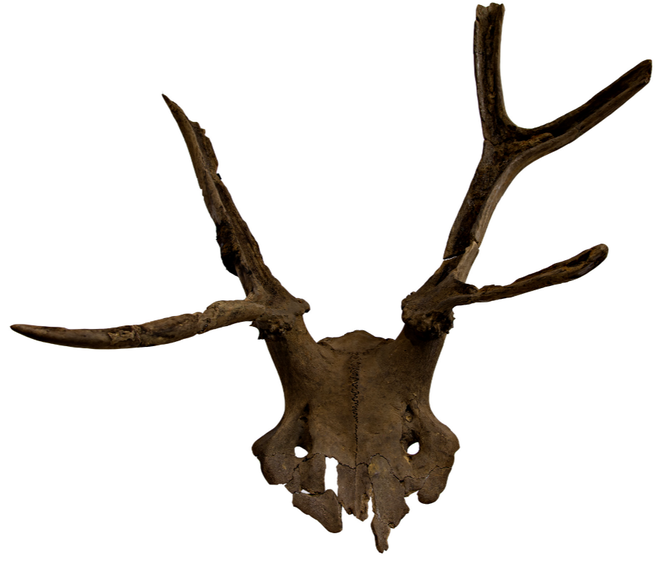 Frontlet 115876 ©Neil Gevaux, Frontlet 115876 ©Neil Gevaux, The tops of the skulls were separated, hollowed out and smoothed. Two holes, probably for straps, were bored through. The antlers were trimmed, and halved lengthwise to reduce weight.
My Process with Star Carr In the upper panel, I attempt to depict what I imagine the experience might have been like during the time these frontlets were fashioned. The moment when a group of people, people just like us, created this magical object, and deposited it into the life-giving waters of the lake they relied on for sustenance. In this panel, you can see the semi-submerged log platform, the shining moon above, and an ethereal red deer regarding us by the waters edge. I imagine the large, hovering frontlet as maybe the spirit of the red deer, with whatever magic was attributed to it, gazing at us, watching over us, maybe threatening us, we just don't know.
The lower panel has many images, printed on various papers and collaged over one another.
I reversed the picture of him and tinted it blue. Next, I used a composite photograph of his discovery of the log platform. I am impressed by how difficult it must have been to take these images. Now we just send up a drone. Back then they had to build platforms above, and a very skilled photographer would clamber up, lie on their stomach, and shoot each picture. Later it was stitched together to create this. I printed these images with a blue cast as a base. Archeological science keeps evolving, and the latest excavations at Star Carr have produced a wealth of highly detailed information!
I found the aesthetics of the graphs and schema beautiful. Here I must thank Dr. Harry Robson, who took time out from what I am sure is a very busy schedule to help me attain permission to use these images. (And by the way- he found THREE frontlets at Star Carr!) I watched a bunch of videos on the Star Carr Project YouTube channel, and got to see archeologists actually lifting frontlets out of the mud! I couldn't resist! I took screenshots, ran them through various photo manipulations. I printed it out on tracing paper, and glued it over the image of the blue log scatter. Art has a unique power to hold paradox. It can convey enigmatic meaning that will elude common speech. I seek to express the tension between our imaginings of times past, and our scientific knowledge of it. To hold as one these seemingly opposite stances makes our understanding more rich and meaningful. Resources and Cool Links I want to thank Patrick Wyman and his wonderful podcast Tides of History for introducing me to Star Carr. Episode about Star Carr HERE.
I'd like to thank Dr. Harry K. Robson, Postdoctoral Research Associate at The University of York for his assistance with this blog entry, and for helping me to understand image permissions for the artwork. Star Carr has a wonderful website devoted to it, The Star Carr Archeology Project. Finds from Star Carr can now be seen in four museums: The British Museum, the Yorkshire Museum, the University Museum of Archaeology and Anthropology at Cambridge and the Scarborough Museum.
0 Comments
Leave a Reply. |
Take a Closer Look.
Here is an intimate, in depth glimpse into my thoughts, inspiration and artistic process. Categories
All
Not seeing what you're looking for? My previous blog on blogspot can be found HERE.
|
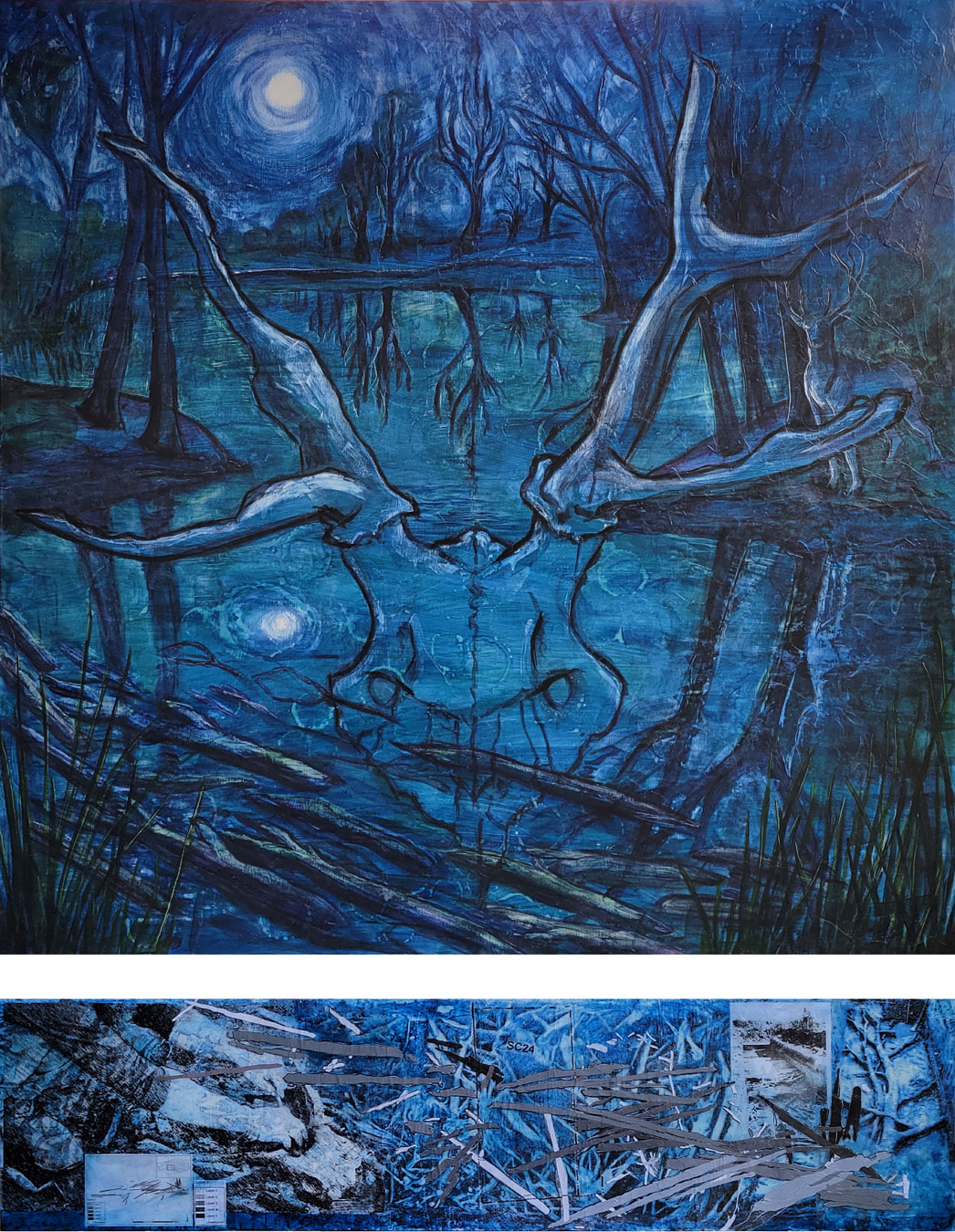
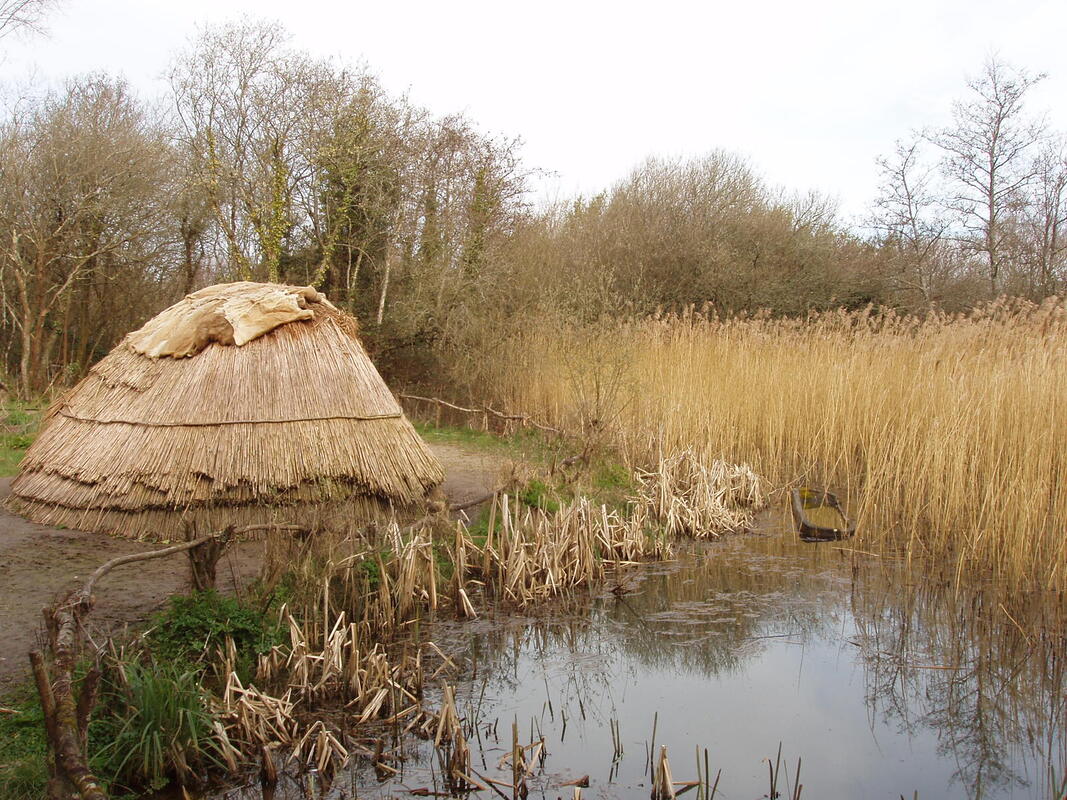
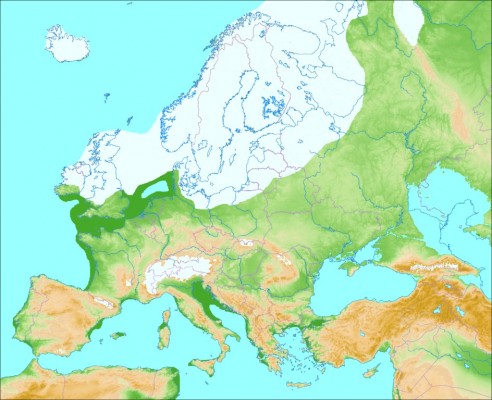
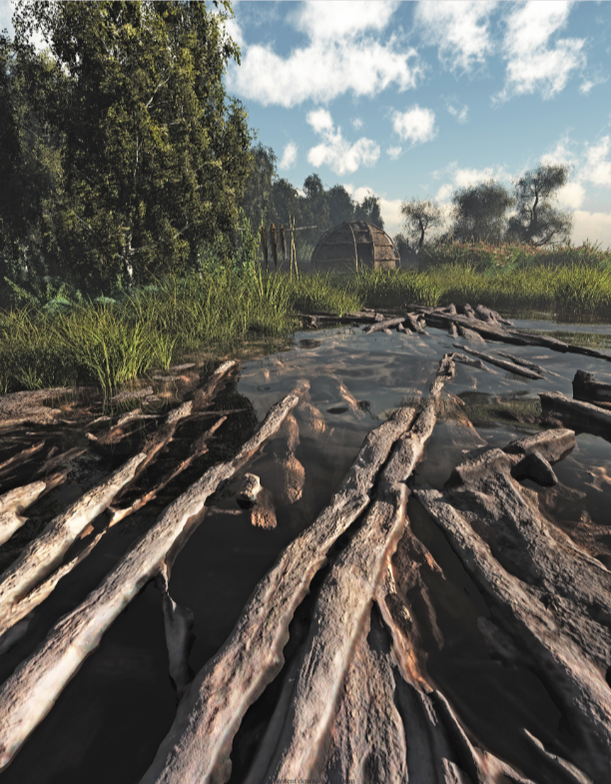
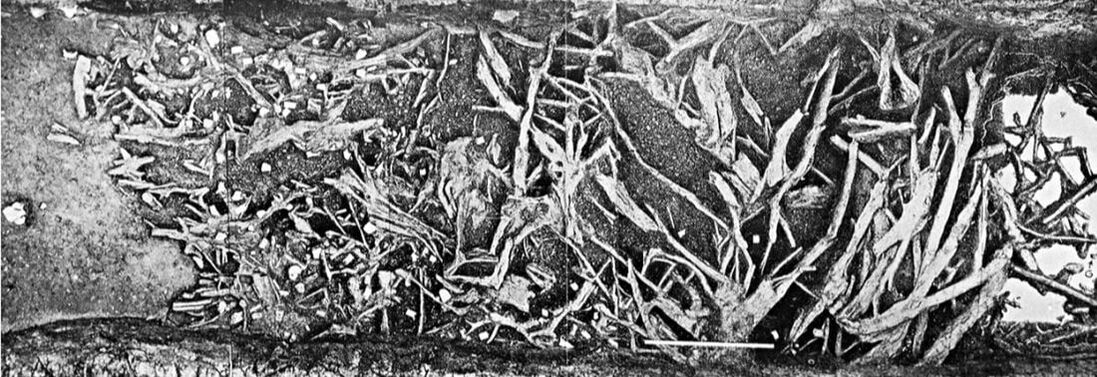

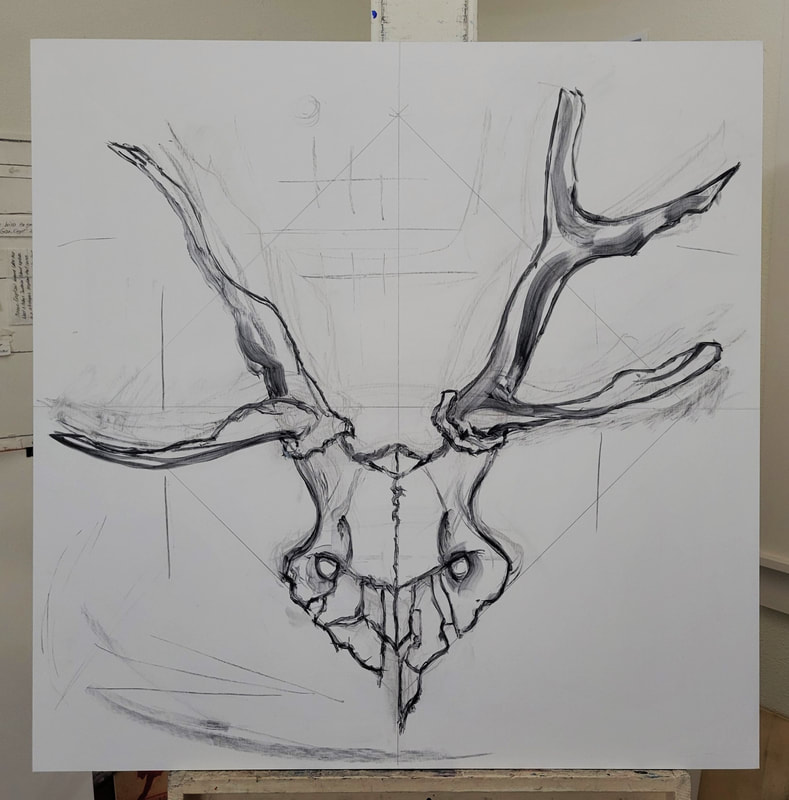
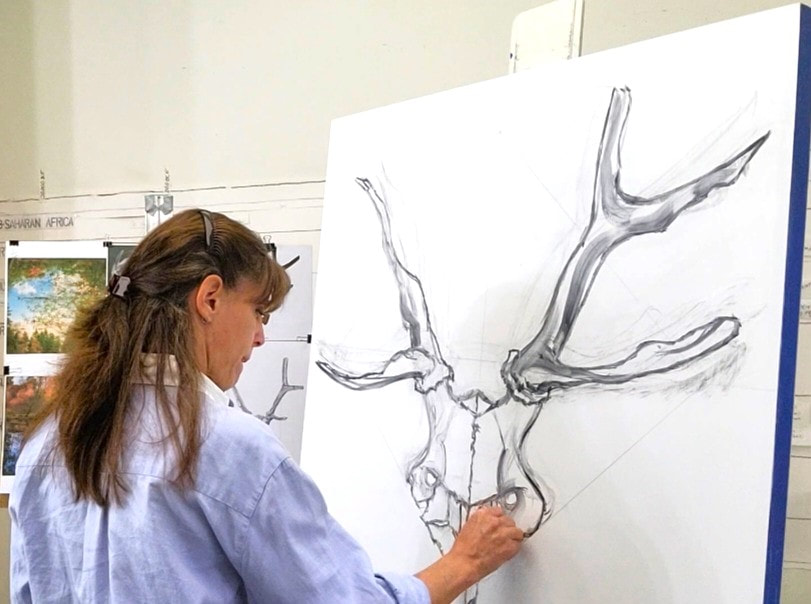
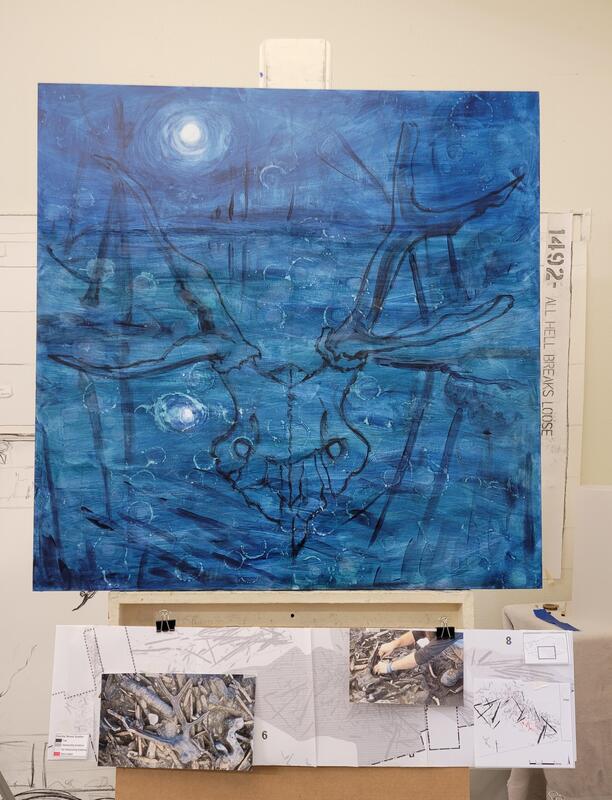


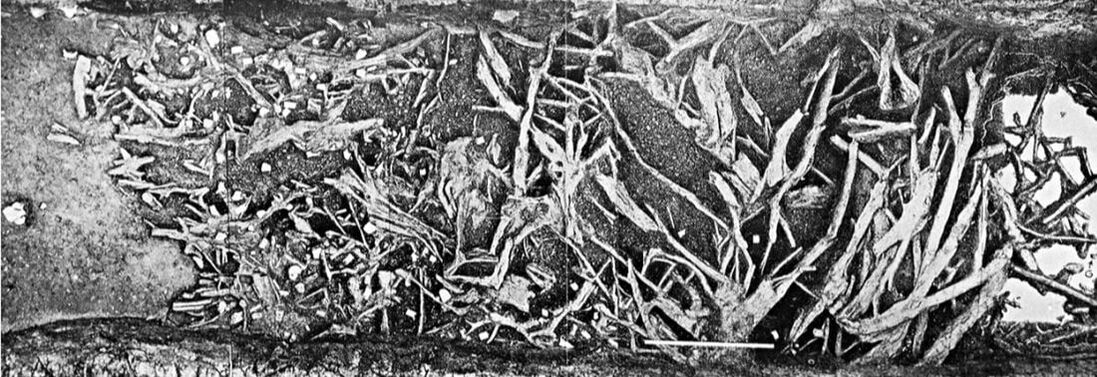
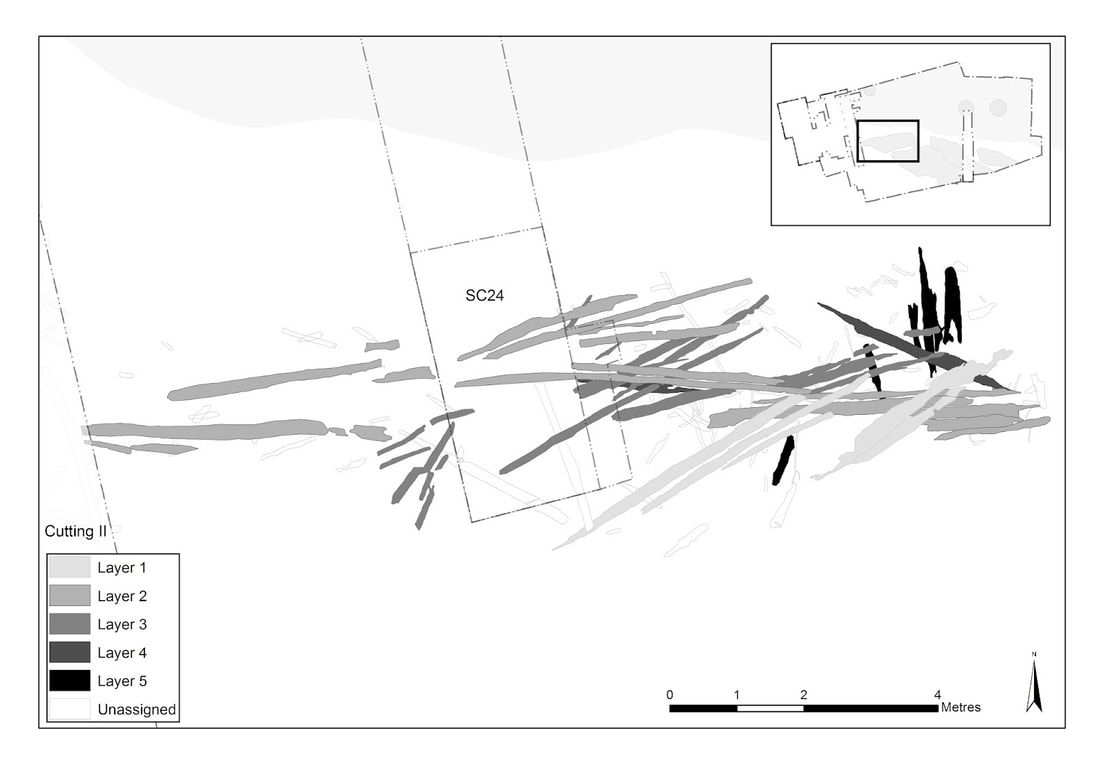
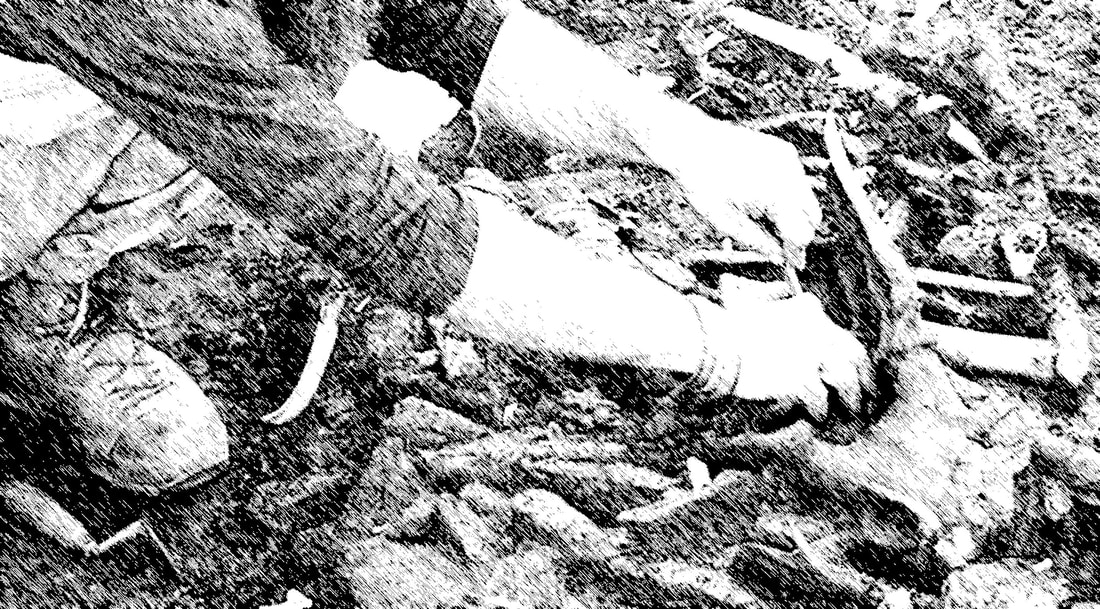
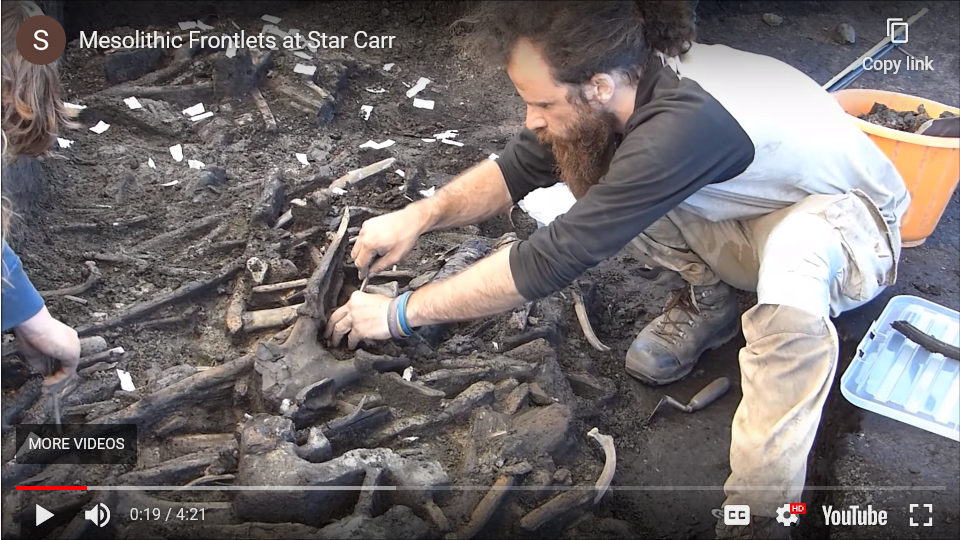
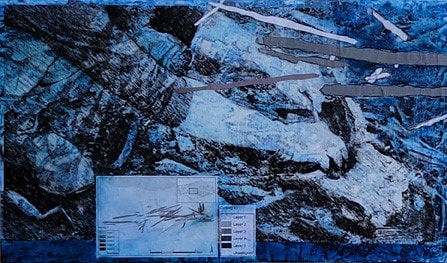
 RSS Feed
RSS Feed